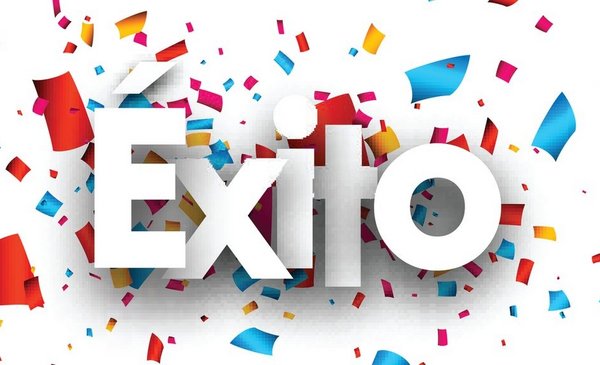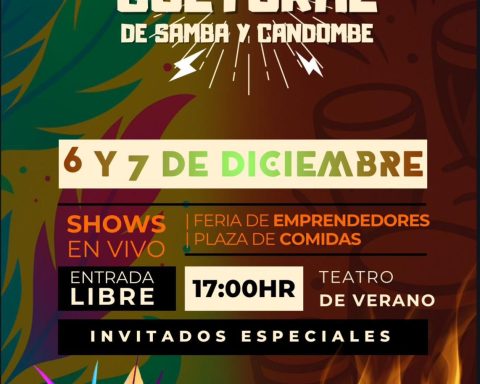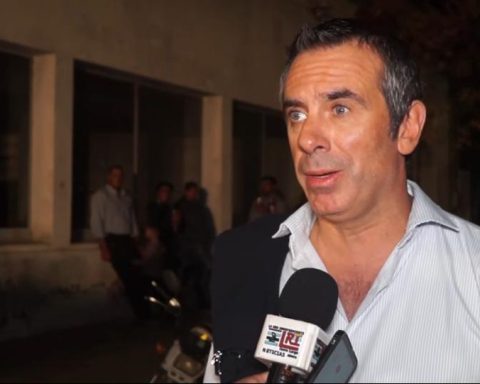The disciplined, probably smooth sailing. But for many, at this point in January, they were left as mere good intentions, while many others, accepting our nature, no longer even bother to do them.
But if you haven’t given up and are looking for advice, you may find the suggestions of Hirotaka Takeuchi, Professor of Management Practices at Harvard Business School (HBS), in the US, and Ikujiro Nonaka, Professor Emeritus, useful. Hitotsubashi University, Japan.
They might not be the first people you would consult on personal matters, after all, they are described as the “legendary management experts” of business.
This is also what the back cover of his book says The Wise Company: How Companies Create Continuous Innovation (“The Wise Company: How Companies Create Continuous Innovation”), 2019.
“We came up with six practices that allow business leaders to create new and better futures,” they said in a recent article published in the magazine Long Range Planning. And, according to Takeuchi, they also serve for self-improvement and the world in general.
The idea is “to provide information on how to reconceptualize the strategy to face a VUCA world (characterized by volatility, uncertainty, complexity and ambiguity, in English), recently personified by covid”.
So, without further ado, here are those “six practices for making a better future”:
1.Kata
“As we gain the ability to collect and analyze more data more quickly, decision making and problem solving become more and more complex,” Takeuchi told the HBS online publication. Working Knowledge.
“Many people turn to technology to solve modern problems, but as technology advances, it often takes more human reasoning and creativity to shape and apply it.”
But how?
Well, the management expert recommends what is called in Japanese katasomething that is practiced in martial arts schools.
Describes a choreography that is performed in a group or alone to memorize and perfect the movements that compose it.
Recently the word has been used in other environments, such as artists and computer programmers, to refer to exercises that are repeated in pursuit of mastery.
The idea is to create a routine of something that you constantly need in your daily life so that you can do it perfectly almost without thinking.
Takeuchi suggests using the kata to keep your thoughts and actions in sync with your missioneither on a personal level or in a business context.
Fiveforwhat?
A famous example of kata is “The 5 Whys?”, created by the founder of Toyota in the 1930s and is still used, not only in that car company.

The idea is that when a problem occurs, it is not worth asking who is responsible, or looking for blame.
The important thing is to determine the root causes of the problems.
The method is as simple as it sounds: when you face a problem, you must ask why it happened. The answer will lead you to ask why? again, and so on, until the nature of the problem and its solution are clear.
understand what is really happening helps make decisions that are not limited to relieving symptoms.
For example:
- Why do I keep looking at the phone? Because I am distressed.
- Why am I distressed? Because I have many decisions to make.
- Why do these decisions distress me? Because I feel that I do not have the clear mind to take them.
- Why are you not clear-headed? Because I don’t have time to clarify it.
- Because I do not have time? Because my schedules are disorganized lately.
By using this method, instead of imposing one of those social media detoxes that are fashionable, something that would have made sense if the problem was the one initially postulated, you realize that the underlying issue is something else and take other measures.
2. Ask yourself the right questions
Going back to Takeuchi and Nonaka’s advice, the second has to do with the need to stay true to your mission.

That’s perhaps easier to understand at the business level, as most companies spend time establishing their mission, vision, and values.
However, Takeuchi points out, few people can verbalize such a thing on a personal level.
To achieve this, he suggests that you answer three questions that are not easy:
- Why were you born? (mission)
- What kind of future do you want to create? (view)
- What do you value deeply? (values)
3. Consider both/and
There is a tendency, especially in the West, to think of things in terms of ‘either/or’, but problems are seldom so clearTakeuchi told HBS.
“That intellectual tradition,” Takeuchi and Nonaka write, “is reflected in debates about dualism, such as mind versus body, subject versus object, rationality versus empiricism, materialism versus idealism, and much more.
“In management, it is represented by debates about machines versus humans, analysis versus intuition, economic versus social value, exploration versus exploitation, selfishness versus altruism, etc.”

If instead of thinking “either/or” we train the mind to think “either/or, or both,” the result can be an understanding of the world through a lens of unity, in which what is good for the person or company is also good for society.
4. Read to understand
Empathy is an essential ingredient in maintaining healthy relationships, whether it’s with customers, users or an important person, Takeuchi told HBS.
And one of the best ways to “train the muscle of empathy” is by reading, because reading allows you to put yourself in someone else’s shoes.
5. Learn from the best
Storytelling is the most effective way to communicate ideas and promote understanding, the co-authors contend.

“Stories become a prism through which humans livewrite Nonaka and Takeuchi.
And “the power of rhetoric is something we can learn,” the latter told HBS.
He recommends listening to (or reading) the 10 best speeches ever delivered waves 10 most popular TED talks of all time.
6. The great outdoors
The last of Nonaka and Takeuchi’s advice is basically to regularly have the sky as your ceiling.
For them, connecting with nature increases our appreciation of the need to live in harmony with it.
And they don’t just refer to walks in the parks. When they go abroad, they always try to visit some street market, “because that’s where you see real life.”
Takeuchi highly recommends starting a high-energy outdoor activity this year. He likes downhill skiing.
“There’s nothing like speeding down the mountain,” he told HBS.
Remember that you can receive notifications from BBC World. Download the new version of our app and activate it so you don’t miss out on our best content.















